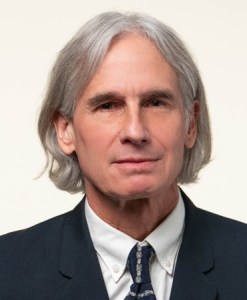This paper derives a closed-form solution for the optimal discretionary monetary policy in a small macroeconomic model that allows for varying degrees of forward-looking behavior. We show that a more forward-looking aggregate demand equation serves to attenuate the response to inflation and the output gap in the optimal interest rate rule. In contrast, a more forward-looking real interest rate equation serves to magnify the response to both variables. A more forward-looking Phillips curve serves to attenuate the response to inflation but magnifies the response to the output gap. ; Original title: Forward-looking behavior and the optimality of the Taylor rule.
About the Authors
Kevin Lansing is a senior research advisor in the Economic Research Department of the Federal Reserve Bank of San Francisco. Learn more about Kevin Lansing
